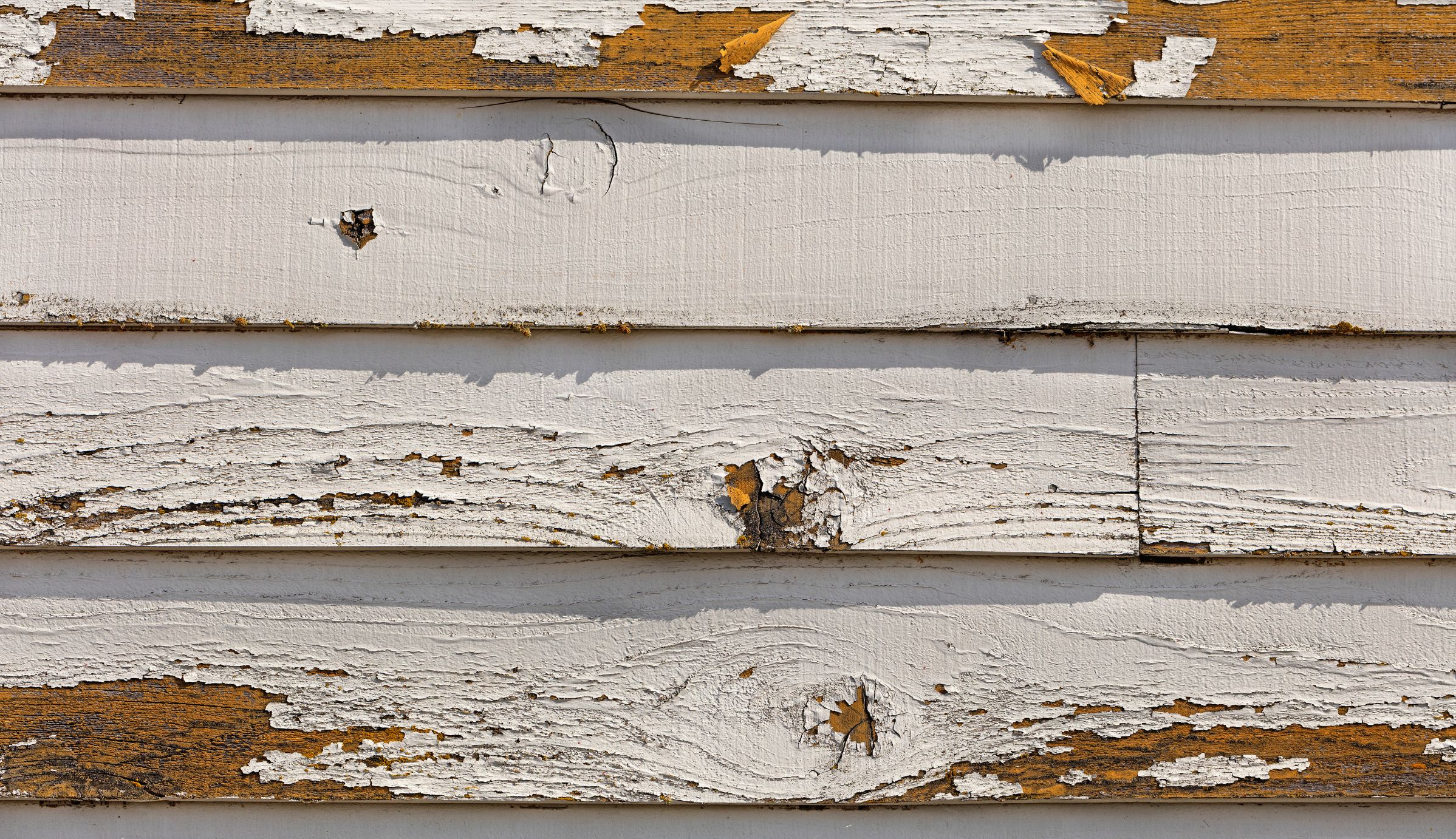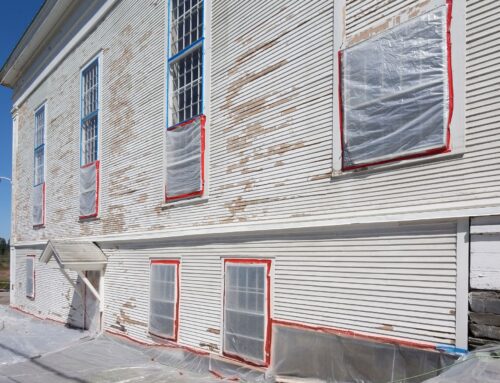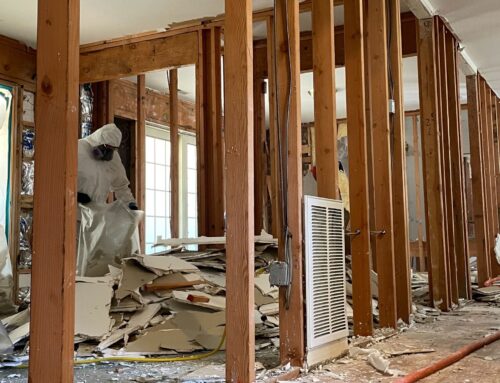Understanding the Dangers Of Lead Paint In Your Home
If your home was built before 1978, there’s a good chance it contains lead-based paint. While once a common material, lead paint is now known to be extremely hazardous, especially for young children, pregnant women, and pets. Rome Environmental has seen firsthand how serious the risks can be and how important it is to address them promptly and safely.
What Is Lead Paint & Why Was It Used?
Before federal regulations banned its residential use in 1978, lead paint was valued for its durability and vibrant color. Unfortunately, lead is a toxic metal that can cause long-term health effects when ingested or inhaled, particularly in the form of dust or flakes from deteriorating paint.
Health Risks Associated With Lead Paint Exposure
How Lead Affects Children & Adults Differently
Children are especially vulnerable to lead poisoning because their bodies absorb lead more easily. Even low levels of exposure can result in:
- Developmental delays
- Learning disabilities
- Behavioral problems
- Reduced IQ
- Speech and hearing issues
For adults, lead exposure can lead to:
- High blood pressure
- Joint and muscle pain
- Memory problems
- Mood disorders
- Reproductive issues
Pregnant Women & Lead Exposure
Expectant mothers should be especially cautious. Lead can cross the placental barrier, potentially harming the fetus and increasing the risk of miscarriage, premature birth, or developmental problems after birth.
Is It Safe To Live In a Home With Lead Paint?
The Short Answer: It Depends on the Condition of the Paint
Lead paint is most dangerous when it’s:
- Peeling
- Chipping
- Cracking
- Disturbed during renovation
If the paint is intact and well-maintained, the immediate risk is lower, but the potential for exposure is still present, especially if the surface becomes damaged or deteriorates over time.
Renovation & Remodeling Can Increase the Risk
DIY home improvement projects can unknowingly release lead dust and particles into the air, putting you and your family at serious risk. That’s why it’s important to hire licensed professionals for lead paint inspections and abatement.
How to Tell If Your Northern Nevada Home Has Lead Paint
Homes Built Before 1978 Are at Highest Risk
If your home or rental property in Sparks or the Reno-Tahoe area was built before 1978, you should assume there’s a possibility of lead paint unless you’ve had professional testing done.
Signs Your Home May Have Lead Paint
- Chalky residue on windowsills or trim
- Layers of old paint beneath newer coats
- Flaking or bubbling paint in older rooms
- Dust accumulation near baseboards or windows
What Should You Do If Your Home Has Lead Paint?
Schedule a Professional Lead Paint Inspection
Rome Environmental provides EPA-certified lead paint inspections in Sparks, NV, and surrounding areas. Using advanced testing methods, we can confirm the presence of lead and determine whether abatement is necessary.
Lead Paint Abatement vs. Encapsulation
- Abatement involves completely removing lead-based materials.
- Encapsulation uses a special coating to seal lead paint and prevent exposure.
We’ll help you decide on the safest and most cost-effective approach based on your home’s condition and your family’s needs.
Protect Your Family From Lead By Contacting Rome Environmental In Northern Nevada Today
Living in a house with lead paint doesn’t have to be a hazard, but ignoring the risks can have serious consequences. Whether you’re buying, selling, or renovating a property in Sparks, Reno, Carson City, Truckee or surrounding Northern Nevada areas, Rome Environmental is your trusted partner for lead paint testing and removal services. Call us today for a free consultation.




